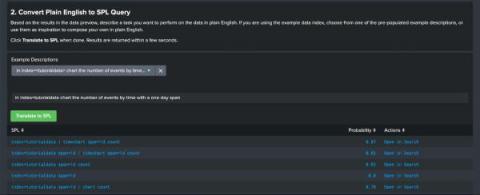State of DevOps 2022: Report Roundup
DevOps has never been more popular than it is today. Since first popularized nearly 15 years ago by Patrick Debois and Gene Kim, DevOps has become the standard approach for managing IT. In this blog post, we’ll look at key trends and data that paint a picture of today’s State of DevOps. You can learn more about the history and fundamentals of the topic in our article What is DevOps and why is it important?.











